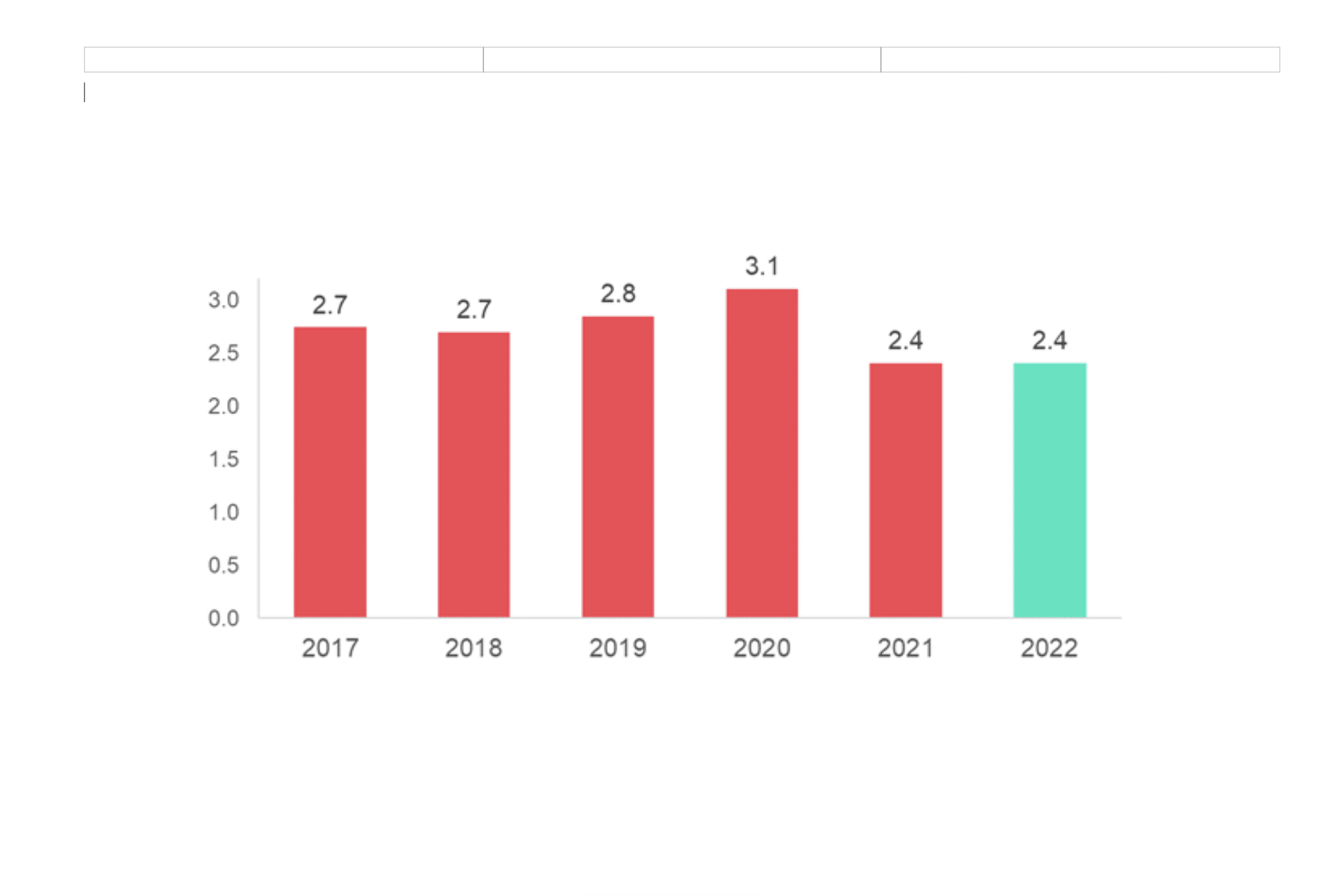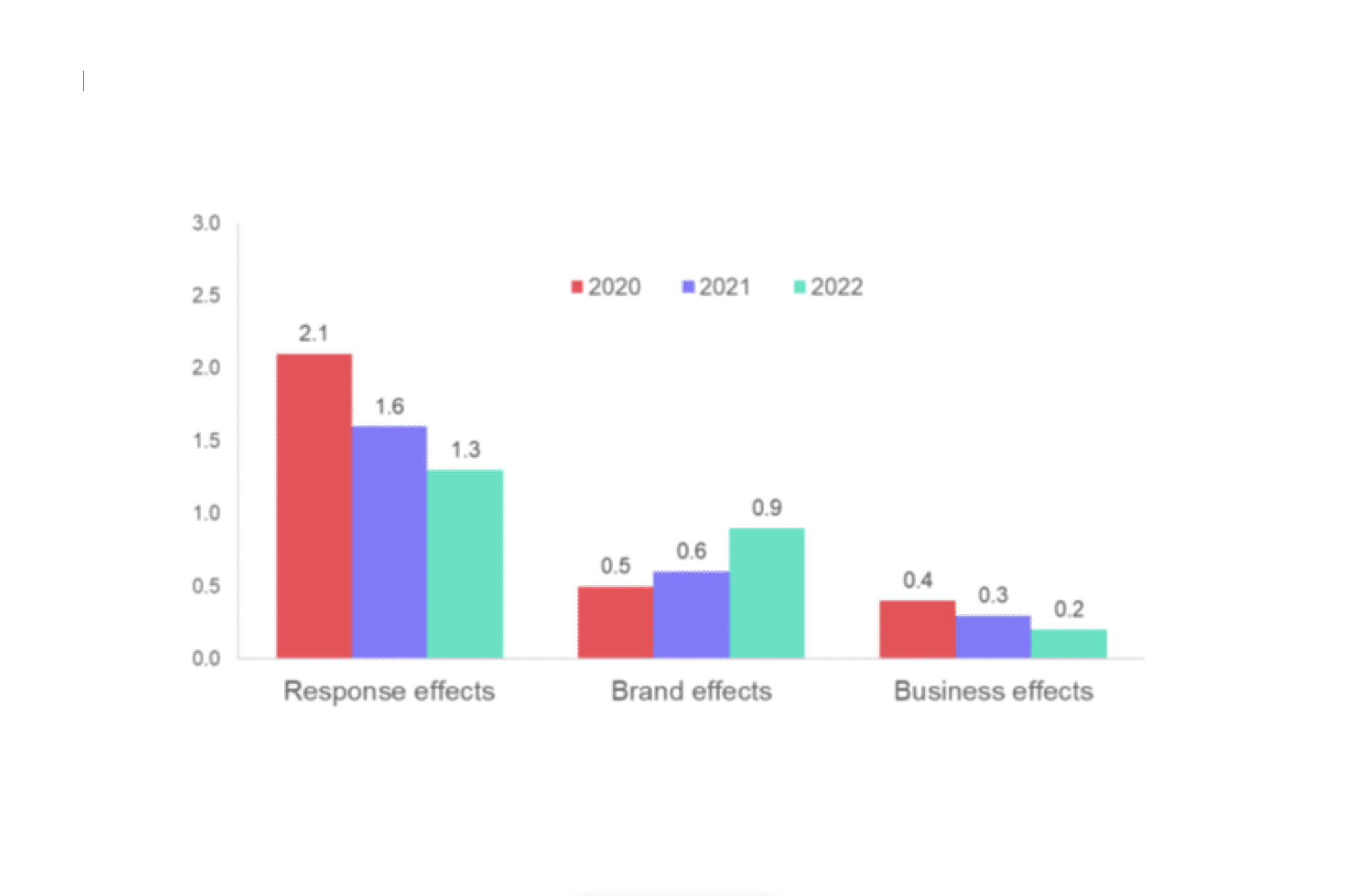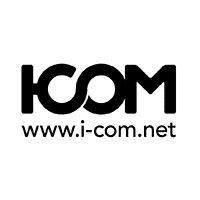Measurement guidance for marketers
The measurement crisis has been discussed by the DMA for a few years now but marketers continue to do themselves an injustice by not changing their approach. We must prioritise implementing effective measurement to combat the industry’s worsening measurement crisis.
Our new CMO Measurement Toolkit is designed to help by providing CMOs and marketers with the guidance they need to identify effective measurement and prove marketing effectiveness in the boardroom to showcase the true value of marketing. It draws on insight from the DMA’s Effectiveness Databank: a database of advertising effectiveness which has now been updated to cover over 1,200 DMA award entries from the last six years.
We want to help the industry communicate marketing effectiveness in the boardroom, while focusing on the measurement best practices that truly articulate our fantastic work as robustly as possible.
Marketers can work towards this by adopting the following guidance:
- Focus on measuring what matters to your business: Linking marketing spend to business outcomes such as ROI, profit growth, and long-term customer loyalty will help to sell the organisational value of marketing when budgets are under pressure. However, this was only the case for 8% of marketing measurement KPIs in 2022, indicating that the industry has a long way to go in speaking the language of the boardroom.
- Assess which metrics are linked to business outcomes: If the reporting of business effects is what appeals to the boardroom, it’s crucial to understand which KPIs are most strongly linked to positive business outcomes. Ad volume, efficiency and engagement, along with Net Promoter Score and Retention Rate growth were found to be strong business effectiveness drivers.
- Contextualise marketing performance against benchmarks: Marketing effectiveness is still below pre-pandemic levels, with sub-standard measurement undoubtedly playing its part. Make like-for-like comparisons with relevant industry benchmarks when setting campaign KPIs.
- Stimulate future demand through brand building: Generating customer response to marketing comms is harder when household budgets are under severe pressure. Brand activity can itself drive sales directly, and through a halo effect on performance/response marketing in the short term. Brand campaign effectiveness has nearly doubled over the last two years.
- Rediscover the lost art of creativity to drive campaign response: Performance marketing effects have declined by 62% over the past two years in the face of muted consumer demand. Creativity is being severely under-utilized in the performance marketing space. This is a big opportunity for advertisers aiming to arrest the decline in response effectiveness.
Average Number of Business, Brand, and Response Effects per Campaign
Streamline marketing measurement
The challenge and, to some extent, confusion that is present in the industry is highlighted by the fact that there are nearly 180 different metrics being monitored and measured by marketers, according to our Effectiveness Databank.
CMOs must identify the ‘metrics that matter’ and take on board this guidance as to how their marketers can shift from shallow campaign metrics towards the goal of business metrics.
Our toolkit not only provides marketers with actionable insights, but it also offers a checklist of our key guidance, to help them summarise their current maturity and rapidly identify opportunities for progression in the measurement space.
Only when CMOs and marketers can communicate the value of their metrics and how they support business outcomes, can they truly start to speak the language of the boardroom.
Ian Gibbs is director of insight at the Data & Marketing Association.













